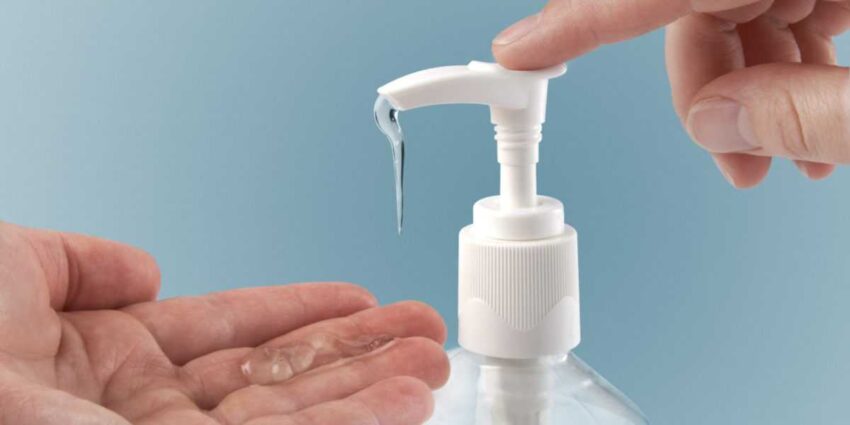Antiseptics are chemical substances that are applied to living tissue/skin to reduce the possibility of infection, sepsis or putrefaction. Their discovery revolutionized healthcare and medical practices in the 19th century by helping reduce mortality from infections. In this article, we will delve deeper into antiseptics – their history of discovery, mechanisms of action, types and applications.
Discovery of antiseptics
The first practical Antiseptic was created in 1865 by British surgeon Joseph Lister who pioneered antiseptic surgery. Inspired by Louis Pasteur’s new germ theory of disease, Lister started using phenol (carbolic acid) as a wound antiseptic during surgeries. This led to a huge drop in post-operative infections and mortality rates. Lister’s work established antisepsis as an invaluable part of aseptic technique in surgery.
Other key events in the discovery of antiseptics include:
– In 1900, German scientist Paul Ehrlich developed arsphenamine, one of the first synthetic antibacterial drugs to treat syphilis.
– In 1940, selenaquine was developed to treat malaria.
– In the 1940s, sulfonamides and streptomycin revolutionized treatment of infections.
– In 1960s, a new class of antibiotics called quinolones were discovered which are broad-spectrum antibacterials.
Mechanism of action
Antiseptics work by killing microorganisms or inhibit their growth. Their mechanisms of action can be:
– Denaturing proteins and dissolving cell membranes of microbes: Phenols, alcohols, aldehydes, quaternary ammonium salts act via this mechanism.
– Interaction with metabolic pathways: Sulfonamides, antibacterial dyes act by interfering with folic acid synthesis or electron transport chain in microbes.
– Formation of reactive oxygen species within cell: Halogens like iodine, chlorine have broad-spectrum activity and generate toxic reactive oxygen species.
Types and examples
Based on their composition and targets, some major classes of antiseptics include:
Phenols: Carbolic acid (phenol), chloroxylenol, Hexachlorophene
Alcohols: Ethanol, isopropanol, n-propanol
Aldehydes: Formaldehyde, glutaraldehyde
Halogens: Iodine, chlorhexidine
Quaternary ammonium compounds: Benzalkonium chloride
Biguanides: Chlorhexidine
Alkylating agents: Povidone-iodine
Heavy metals: Hydrogen peroxide, mercury, silver
Dyes: Methylene blue, Gentian violet, Acriflavine
Others: Povidone-iodine, chloroxylenol, cetrimide
Applications of antiseptics
Due to their efficacy against microbes, antiseptics find wide use in healthcare settings as well as in households:
– Pre-surgical skin preparation: Povidone-iodine, chlorhexidine help disinfect skin before surgery.
– Wound care: Antiseptics prevent wound infection and aid healing. Hydrogen peroxide, povidone-iodine are commonly used.
– Personal hygiene: Soaps containing triclosan, mouthwashes with cetylpyridinium chloride help control microbes.
– Disinfection of medical equipment: Alcohol, phenols, chlorine help disinfect surfaces in hospitals between patient uses.
– Household disinfection: Bleach, Dettol, Izal help eliminate microbes from surfaces around the house.
– Food preservatives: Salts of propionic acid, benzoic acid increase shelf-life by preventing bacterial spoilage of foods.
– Veterinary applications: Antiseptics control infections in livestock, pets and are used as teat dips, disinfectants on farms.
Advancements in antiseptic technology
Due to the emergence of drug-resistant microbes, new antiseptics with alternative mechanisms are being developed. Nanoparticle formulations of silver, titanium dioxide, zinc oxide are biosafe and show promise. Natural extracts from plants with antimicrobial oils are also being studied for their antiseptic properties without adverse effects. With continuous advancements, antiseptics will continue playing a key role in infection control.

